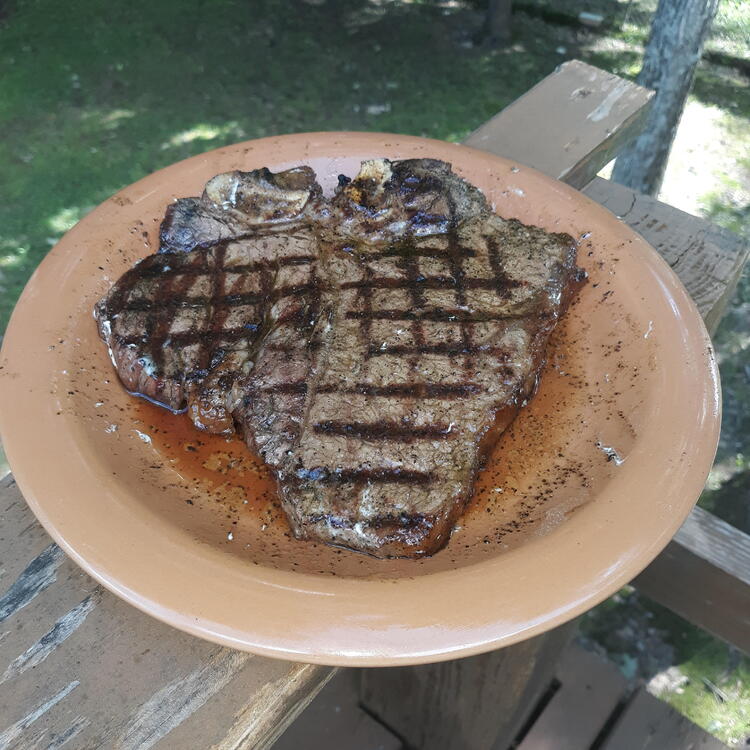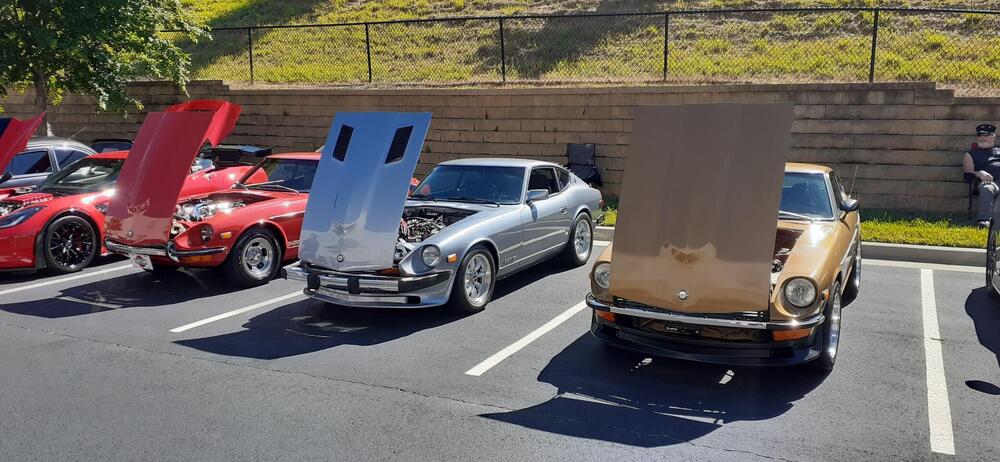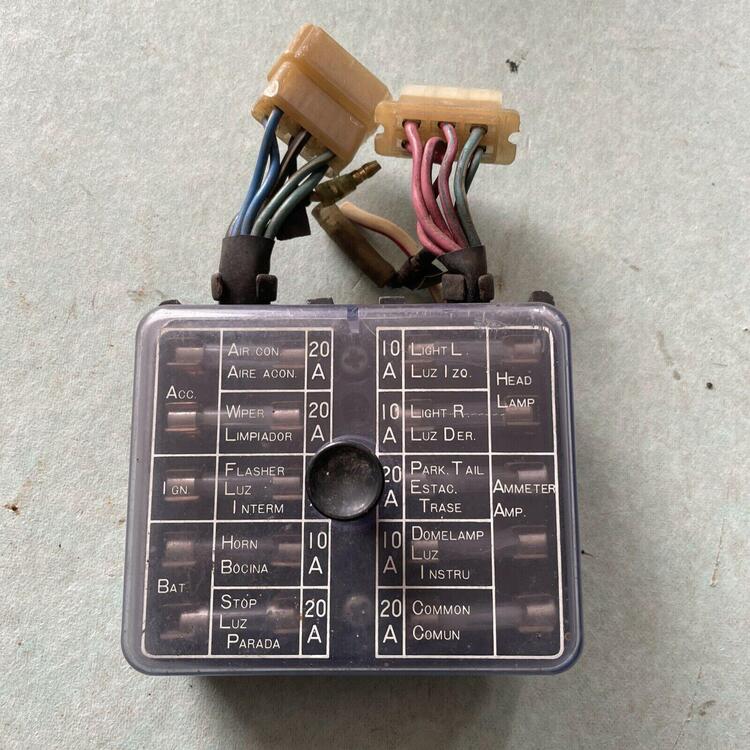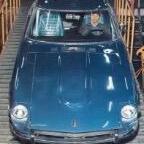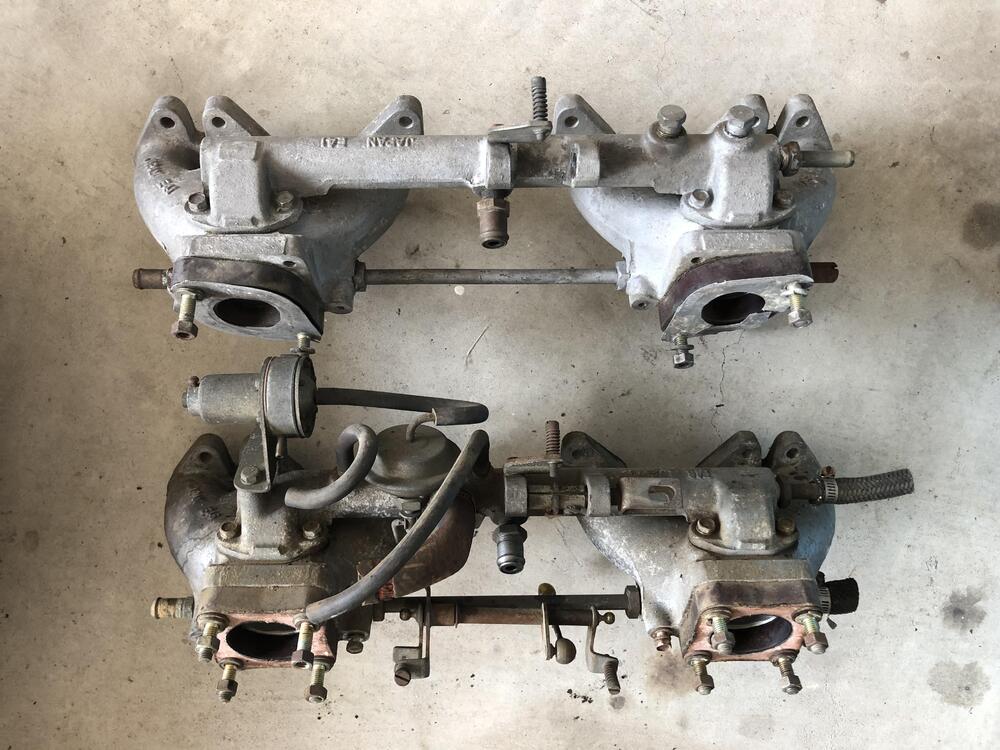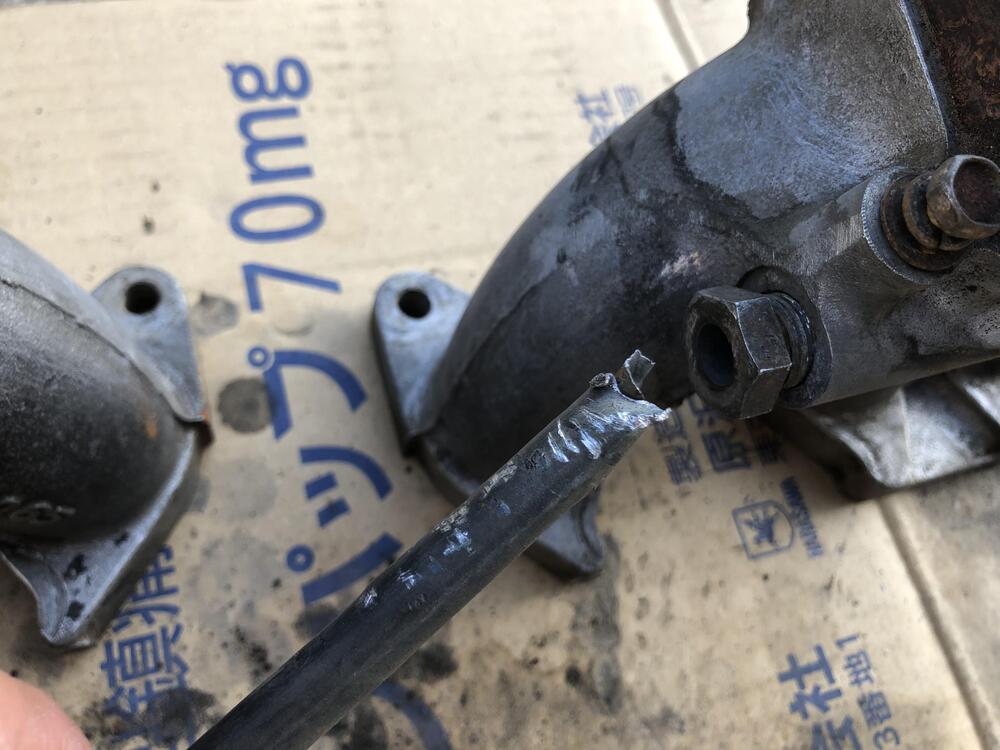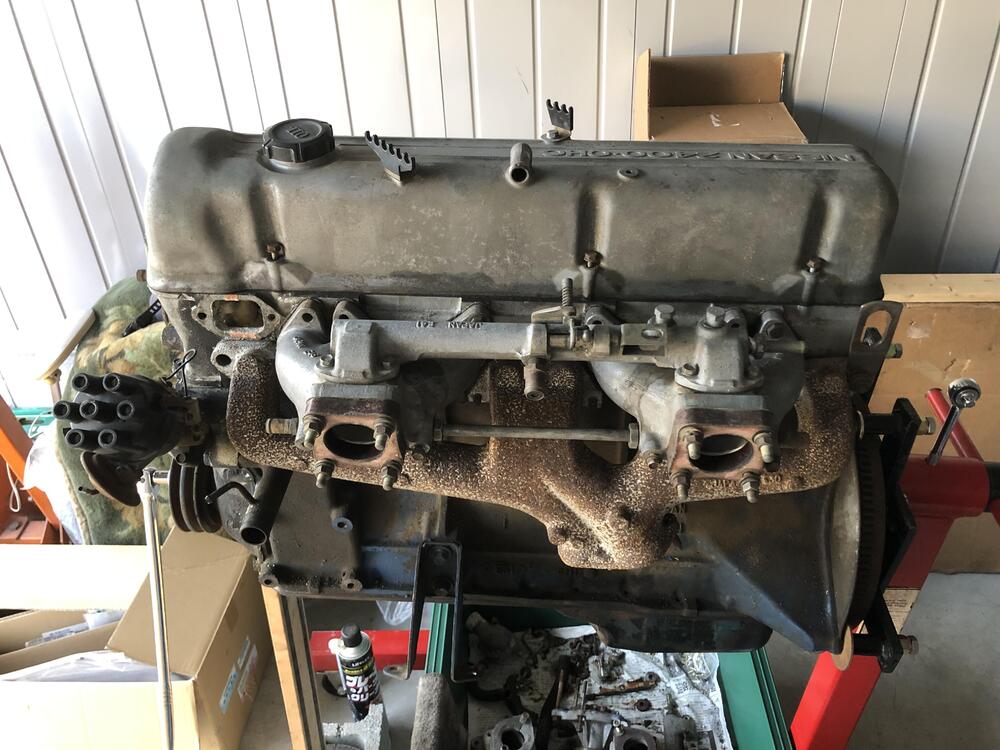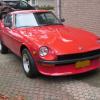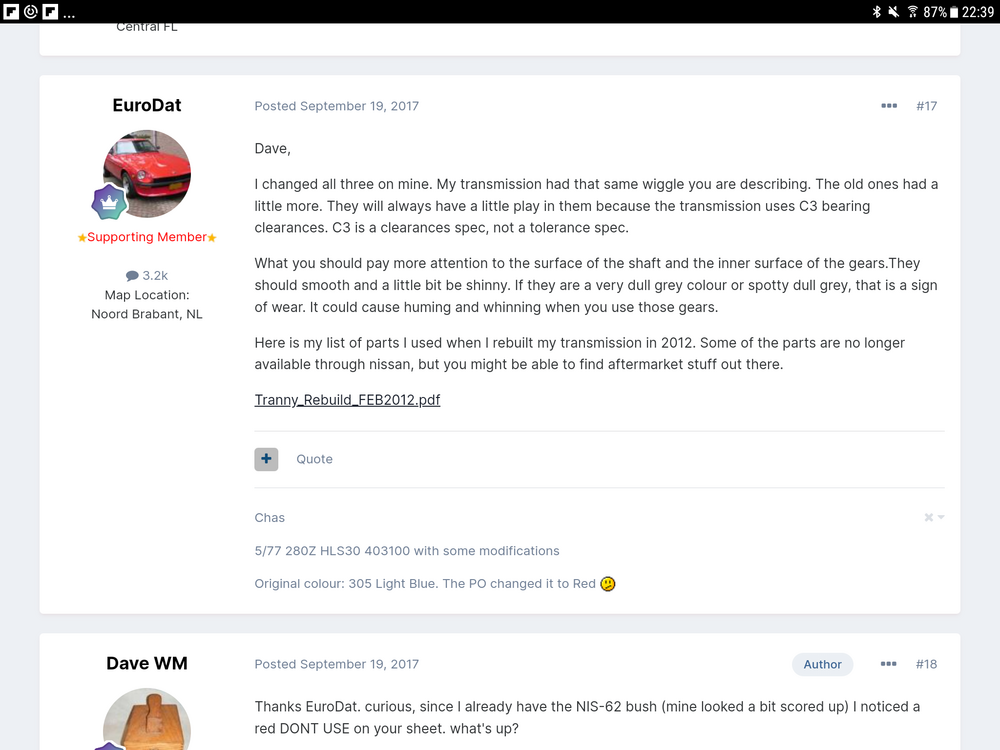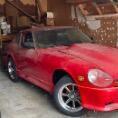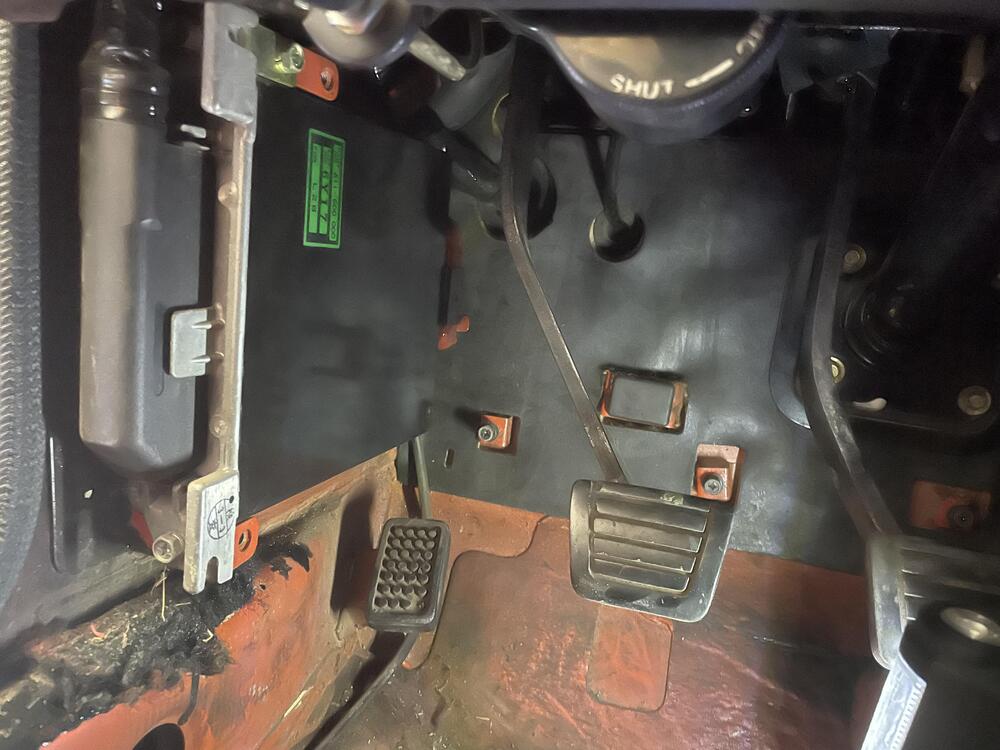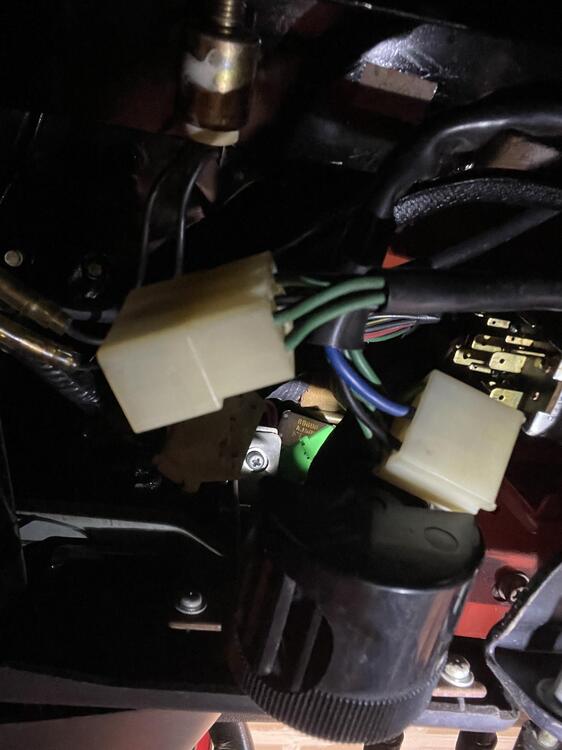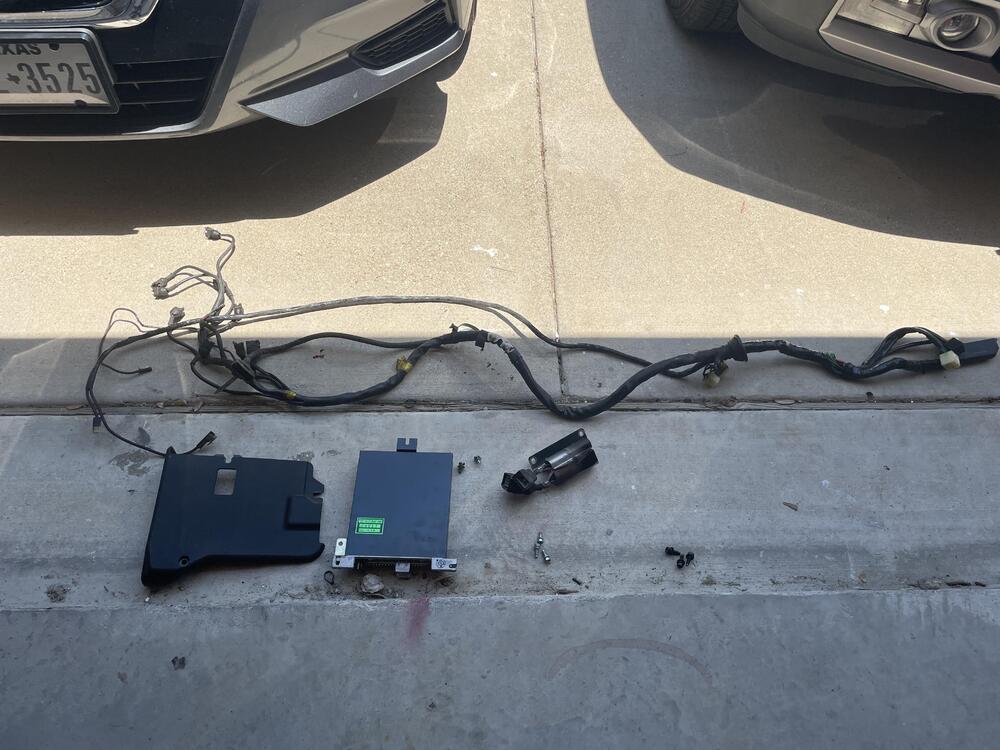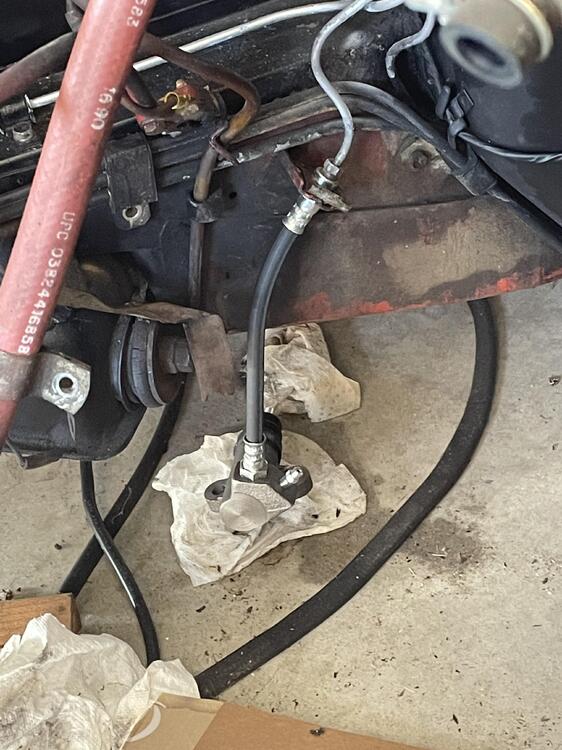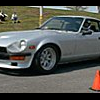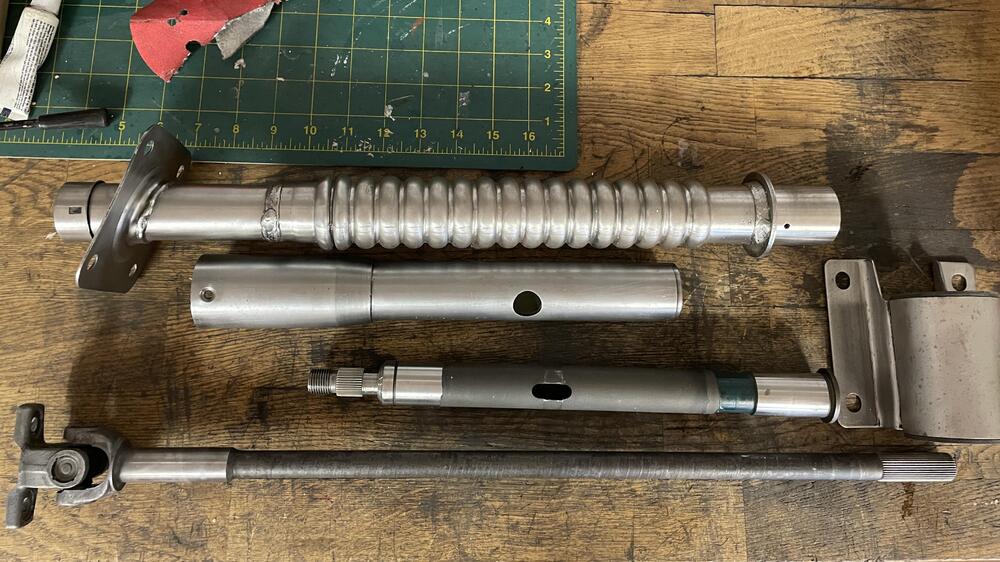Fuse size depends the gauge of the wire you're protecting. I recommend 10A for 14 AWG, 20A for 10 AWG or 12AWG and 7.5A for 16 AWG or 18 AWG. Don't forget about maxifuses or fusible links for the system as a whole.
As I searched for vendors for wires with colored stripes, I found this place was probably about the most economical and flexible: https://www.sherco-auto.com/striped-tracer-wire.html
You may be able to adapt this for fusible links: https://www.amazon.com/1J0937617D-Battery-Terminal-Volkswagen-Octavia/dp/B0863XLF6R
As for current draw, let the factory fuse box be your guide to start.
The fan is the highest draw, especially if you have AC. While the parking/tail light fuse is 20A, you can go to 10A and 14 AWG with LEDs. (IMHO the engineers undersized the wire in this circuit for incandescent bulbs.) The same goes for the flasher. The Common fuse is for the cigarette lighter. That can drop to 10A. I'm not positive about the draw on the wipers, but if you keep it at 20A, I would use 12 AWG instead of 14 AWG. The brake light circuit can also go to 10A with LEDs. Note: the fuse ratings I wrote are very much on the conservative side. However, I have seen enough melted fuse boxes and melted connectors that I prefer a conservative approach.
As for wire sizes here is a rule of thumb.
The wires for the large connectors should be 14 AWG. Use 16 AWG for the smaller connectors. On the 73 (and on through 76), Nissan started using the 9 pin connector on the headlight switch. That was a bad move. The connectors were undersized for the current of the parking lights, and that connector would melt down.
For the large bullets, I would use 10 AWG. Consider trying 8 AWG for the circuits for the ammeter. Are you sticking with the ammeter or are you going to have a voltmeter instead?







